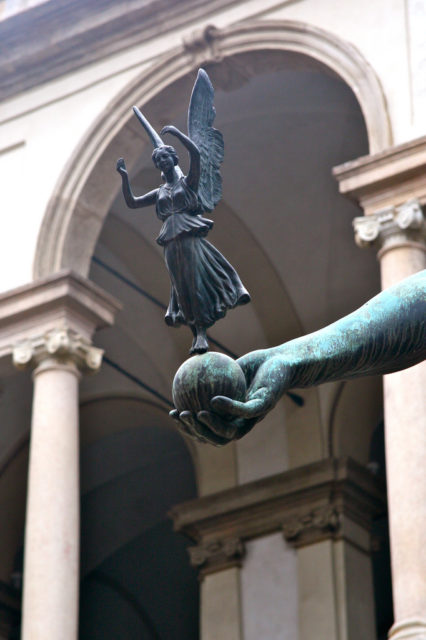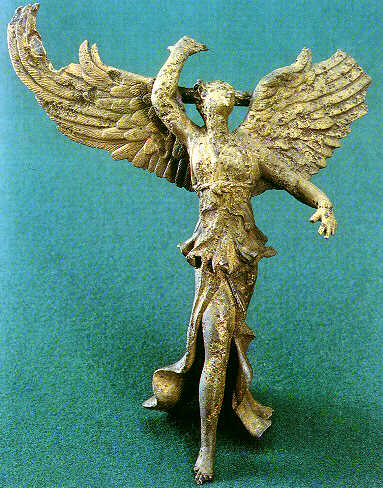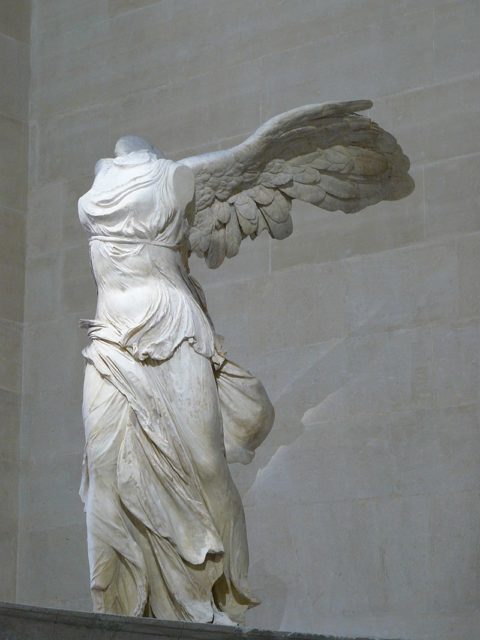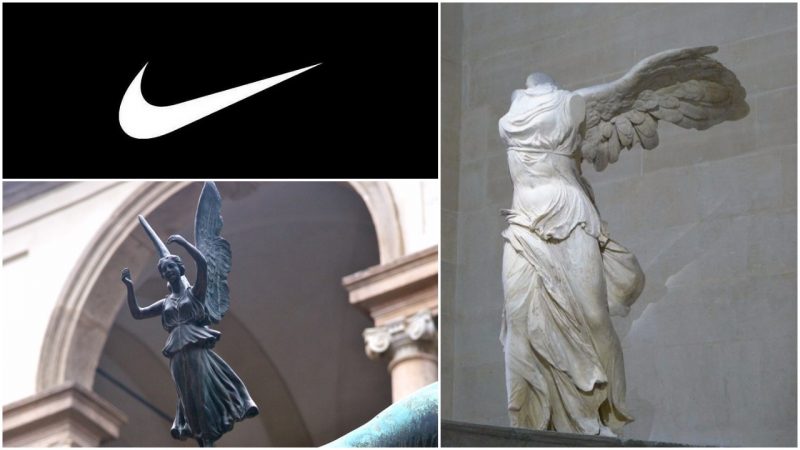In 1971, a Portland State University student named Carolyn Davidson would come up with probably one of the most recognizable logos of our times, the “Swoosh” logo of the U.S. athletic shoe and apparel company Nike. Davidson crafted the logo for an unbelievably small amount of money, just $35, and she even proposed Nike as a name to the company’s founder, Phile Knight. His original idea for the brand name supposedly was Dimension 6.
Indeed, Davidson may not have been aware at the beginning what powerful branding she had invented, but soon enough her efforts were praised. She became an employee at Nike, receiving a gold Swoosh ring, as well as shares of stocks at the company. She would remark about the logo: “I never got tired of looking at it.”
The Nike logo is undoubtedly a simple design, composed only of two curved lines, but over the years those lines have generated billions for its owners. The lines of the sign denote speed and motion, while the word swoosh itself mimics the sound you can hear from your favorite NBA player as he zig-zags around on his way to score the next best three points. If you are wondering if there is more meaning besides the denotations and the sound mimic, yes, there is.

To understand the meaning of the Nike logo, we should look to the Ancient Greeks and their deity Nike, the actual goddess of victory, often portrayed with wings. The Greek goddess also wears sandals of gold, and besides victory, her two other main associations are strength and speed. Her counterpart in Roman mythology might ring a bell even better, that is the goddess Victoria.
Nike might not be the most famous of all the Greek deities, but her role is none the less significant compared to other figures as grand as Zeus or Athena. The legends tell how Nike developed a close relationship with both of these deities.

In the mythological episodes that narrate the great Titan Wars, the conflicts after which the Olympians led by Zeus take over “control of the world” from the infamous Titans, Nike comes on the side of Zeus, and she helps him by being his principal chariot driver.

To reward her for the efforts, as soon as he comes to power, Zeus agrees to keep Nike always close to him, offering an eternal protection. Which is why in numerous representations, either in sculpture or painting, Nike can be noticed next to Zeus. One such statue can be found at the Zeus Temple in Attica.
There is also a sculpture representation of Athena where she holds a smaller statue of Nike in one of her hands. The devotion to Nike among the ancient Greeks, who believed she could strengthen their human capabilities, can be further felt through the domination of her figure on different Greek coins.
When Nike is portrayed alone, it is an unwritten rule that she has wings as well as a palm branch, usually held in the right hand. In the case of the city of Athens, however, she is shown with no wings as the people of Athens worshiped her so much, and they never wanted Nike to abandon their city.

One of the most prominent sculptures depicting this deity is Nike of Samothrace, dated to the period between 424 and 203 BC. Unearthed in 1863, it is now an acquisition of the Louvre, in Paris. One more beautiful depiction of Nike lurks in the ancient city of Ephesus, in Turkey, where the athletic apparel logo can easily be noticed on Nike’s stone carving as well. The oldest artifact showing Nike can be further seen on Delos, a Greek island, and dated to sometime around 550 BC.

Painters would represent Nike wearing a golden robe, as much as they would keep her wings as a symbol of her powers to reward or even dishonor a winner if proven the person is unworthy of such status. She also carries a wreath, to always be prepared to crown a winner, either of some battle or a game of sport. The branch of palm in her hand stands as another peace symbol.
A Nike apparel store is not the only place where the deity is represented in modern days. She can pop up in plenty other instances too. As early as 1928, the Olympic Medal has featured Nike on its front side, and her representation would encircle names of Olympic medalists. Since 1945, the goddess has also been used by the U.S. Anti Aircraft Missle System.
Other portrayals also show Nike playing an instrument such as a lyre, as well as kithara, in a symbol of celebrating victory but peacefully, over music and singing.
